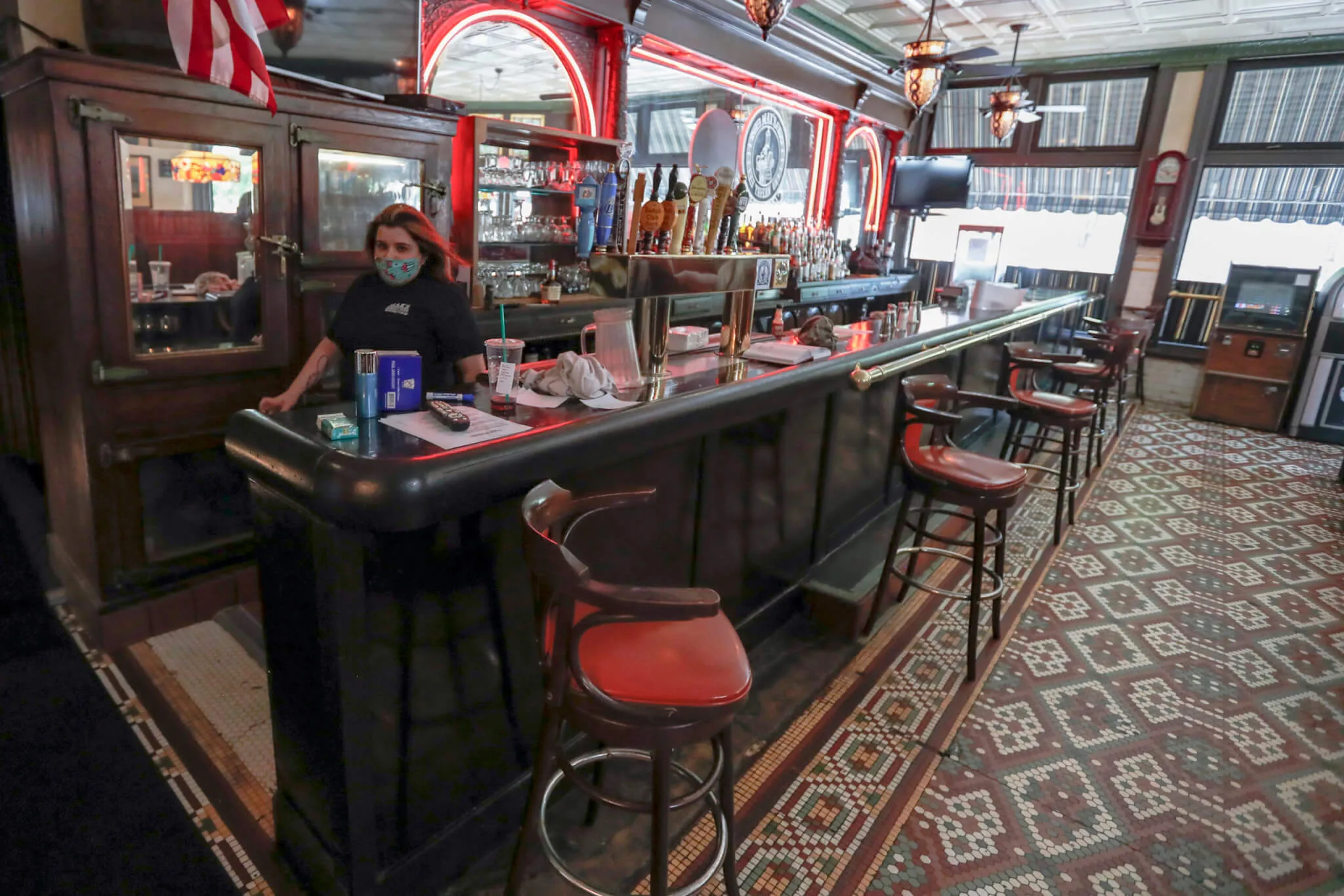
Bartender Sara Kennely walks behind the bar at Max's Allegheny Tavern in Pittsburgh on June 4, 2020. (AP Photo/Keith Srakocic)
The restriction is one of many new restrictions the state issued on Monday in an effort to curb the spread of the coronavirus.
Gov. Tom Wolf’s administration is stepping up its efforts to combat the coronavirus, adding several new restrictions—and adding some teeth to other restrictions already in place.
In the last few weeks, Pennsylvania has seen rapidly growing numbers of coronavirus cases and hospitalizations—totals that exceed the peaks of the initial surge in the spring. Predictive models show the state could run out of ICU beds within a week.
With Thanksgiving on the horizon, public officials have repeatedly voiced their concern about gatherings helping spread the virus.
One of the restrictions the administration announced Monday is that restaurants and bars will be prohibited from selling alcohol from 5 p.m. Wednesday until 8 a.m. Thursday.
Wolf and state Secretary of Health Dr. Rachel Levine repeatedly said they understand this isn’t easy for Pennsylvanians.
“We have some bad choices, no question about it,” Wolf said. “But we have to make those choices.“
Throughout a news conference on Monday, Wolf said he had to balance the safety of people with the “very fragile” economy.
Here are some of the restrictions and changes.
Gatherings
There are several variables when considering how crowds at venues are limited, but in general outdoor gatherings are limited to 2,500 people while indoor gatherings are limited to 500.
The administration hasn’t banned gatherings in homes, but it is strongly advising against them.
Schools
The state continues to recommend that any district in an area with substantial spread of the virus go to virtual learning.
If a district in an area with substantial spread wants to continue to have in-person instruction, it will have to file a form with the state showing that it is using mitigation protocols. If a district doesn’t file the form, its schools are supposed to go virtual.
Businesses
The administration is asking companies to allow for teleworking whenever possible.
The administration is increasing liability protection during the pandemic for businesses that continue to operate in-person, are open to the public, and require staff and patrons to wear masks. This will help protect businesses from lawsuits filed by people who don’t want to wear masks.
Hospitals and Healthcare Systems
The administration is setting up several triggers in a system that would notify medical facilities in a region to limit elective procedures.
Those triggers are based on the number of available beds, staffing shortages, and the coronavirus trends in the region.
As of Monday, Levine said no region in the state has reached those levels.
Enforcement
As the fall has seen a rampant rise in numbers, Wolf and Levine have repeatedly talked about personal responsibility and tried to appeal to residents’ sense of community.
On Monday, that changed with the addition of more enforcement capabilities.
Authorities will step up enforcement in areas like mask-wearing, out-of-state travel, and restaurant occupancy.
Authorities will issue a warning for a first violation, and fines of $25 to $300 for subsequent violations. If a business repeatedly violates state restrictions, authorities could shut it down.
Numbers and Trends
More than 11,000 new coronavirus cases were reported between Sunday and Monday in Pennsylvania.
As of Monday, 3,379 patients are hospitalized with the virus. Of those, 775 are in intensive care.
The administration’s COVID-19 Early Warning Monitoring System Dashboard also included several devastating statistics from Nov. 13 to 19. During that 7-day span, the state saw an increase of 36,133 cases, an average of 5,162 a day.
The statewide positivity rate is 11.1%, which means the state’s numbers aren’t just going up because of more testing.
From June 23 to Oct. 13, the state averaged 15.6 deaths a day.
Since Oct. 14, the state has averaged 36 deaths a day.
For at least 14 days, from Nov. 4 to 17, the state had at least 40 deaths each day. Those numbers are expected to grow as more data comes in.
Politics
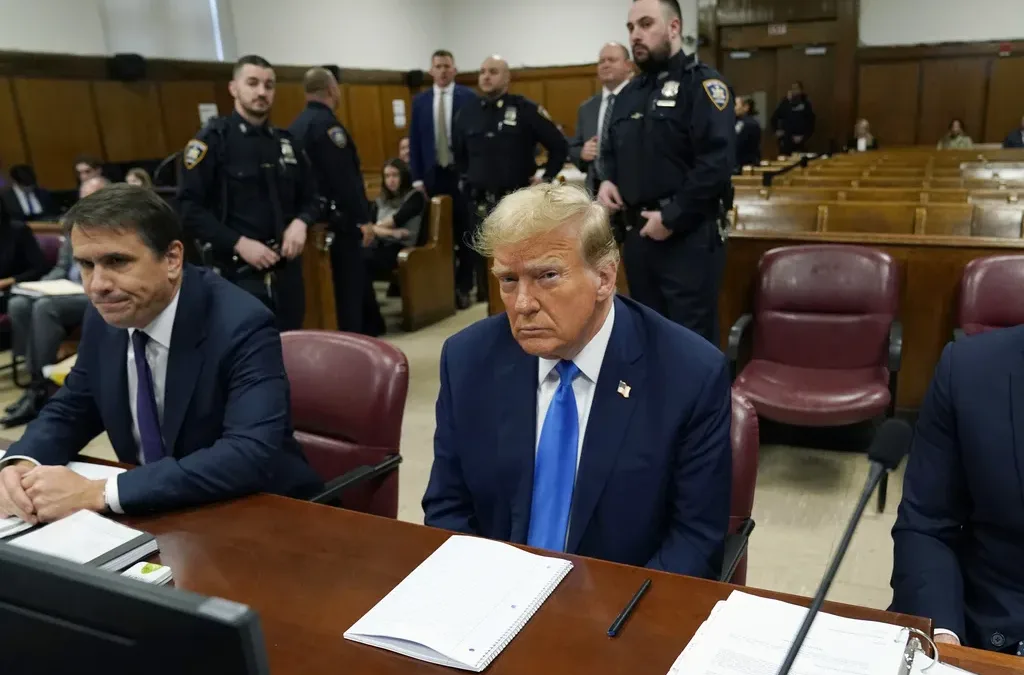
What to know about Trump’s legal issues
Over the past year, former president Donald Trump has become the center of not one, not two, not three, but four criminal investigations, at both...
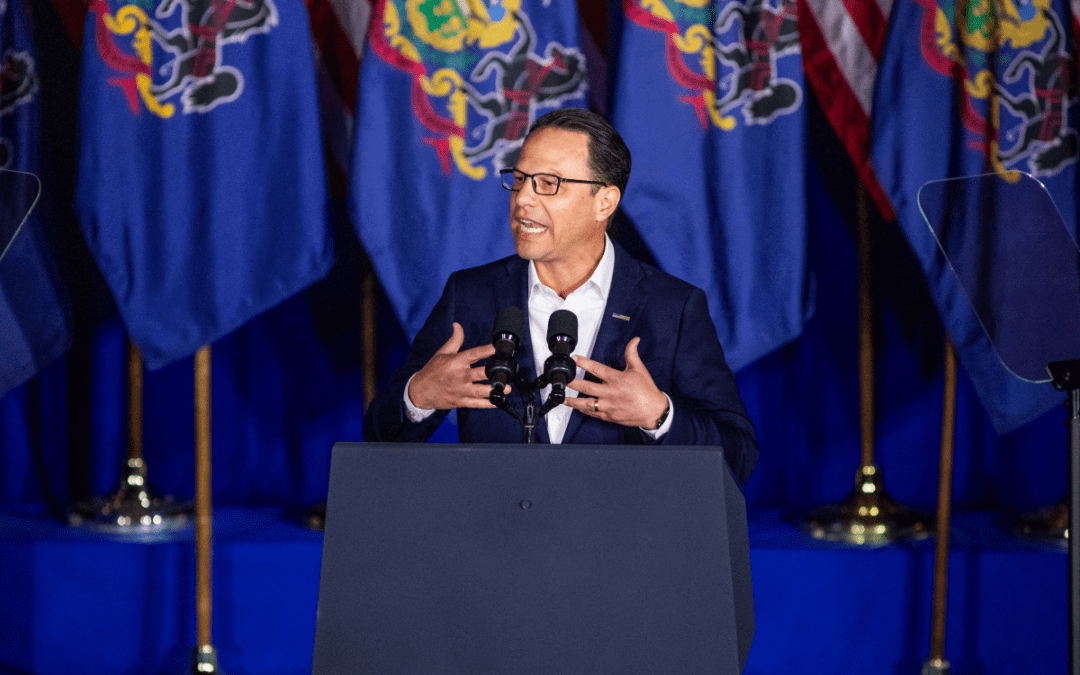
Shapiro aims to eliminate waiting list for services for intellectually disabled adults
HARRISBURG, Pa. (AP) — Gov. Josh Shapiro and his top human services official said Wednesday that the administration has a plan to end a waiting list...
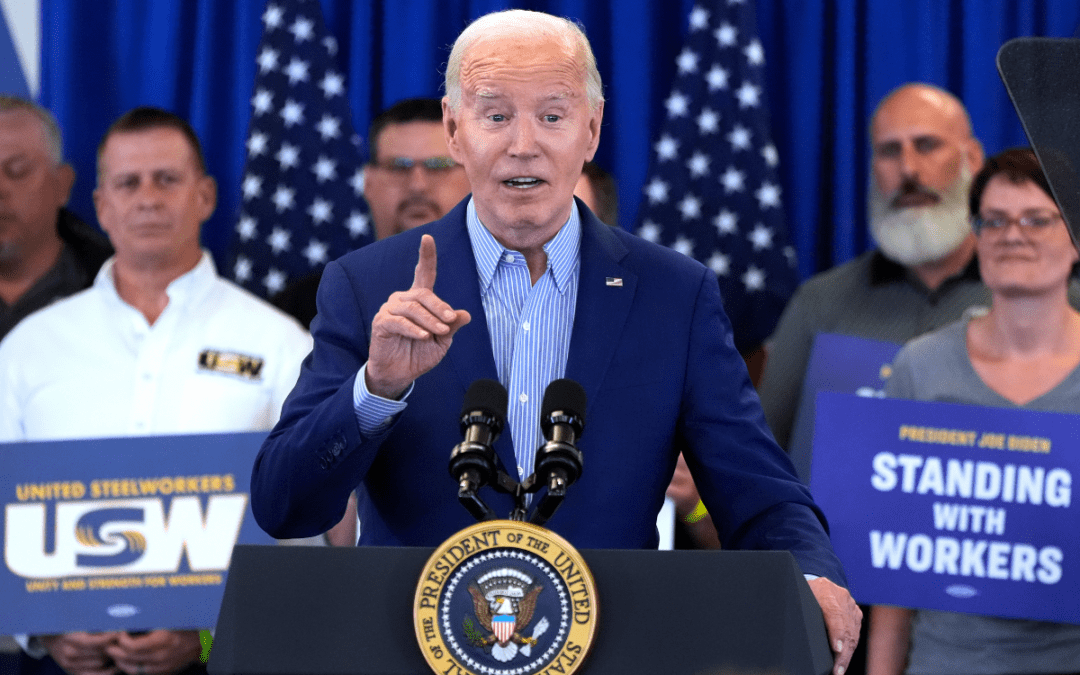
Biden announces tariffs on Chinese Steel while visiting United Steelworkers members
“I'm president because of you guys. I really am and I'm proud. As was mentioned earlier, I'm proud to be the most pro-union president in American...
Local News

Conjoined twins from Berks County die at age 62
Conjoined twins Lori and George Schappell, who pursued separate careers, interests and relationships during lives that defied medical expectations,...
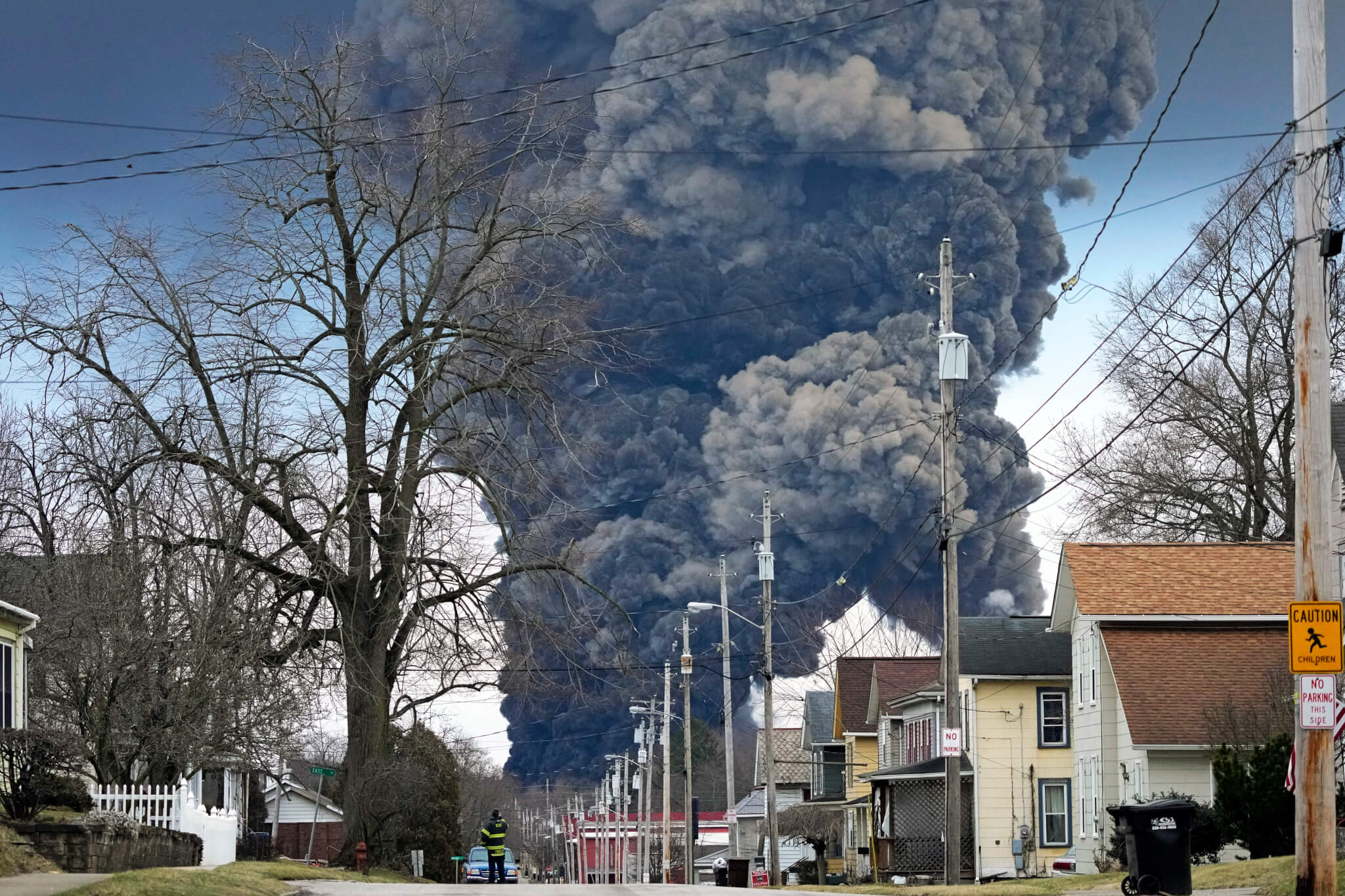
Railroad agrees to $600 million settlement for fiery Ohio derailment, residents fear it’s not enough
Norfolk Southern has agreed to pay $600 million in a class-action lawsuit settlement for a fiery train derailment in February 2023 in eastern Ohio,...





